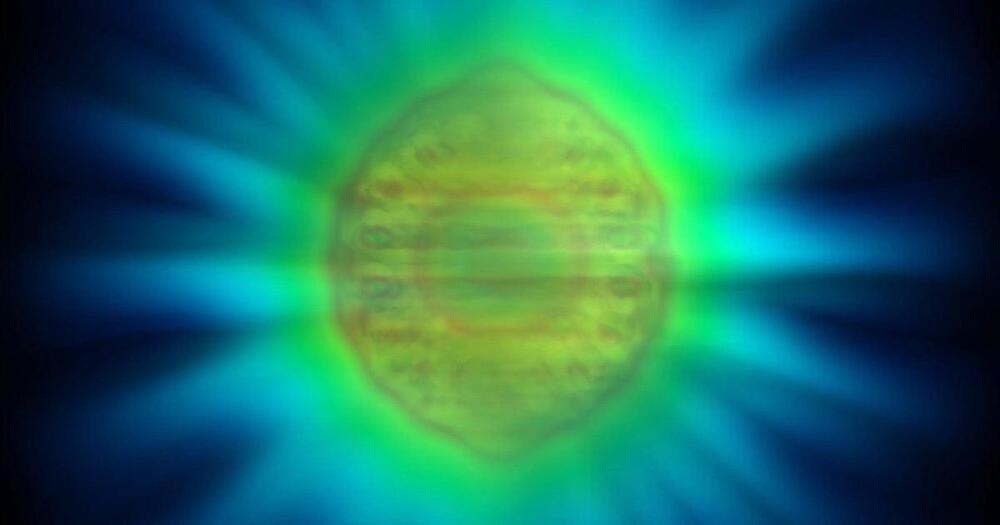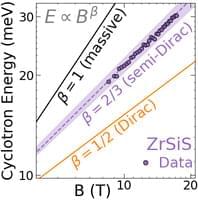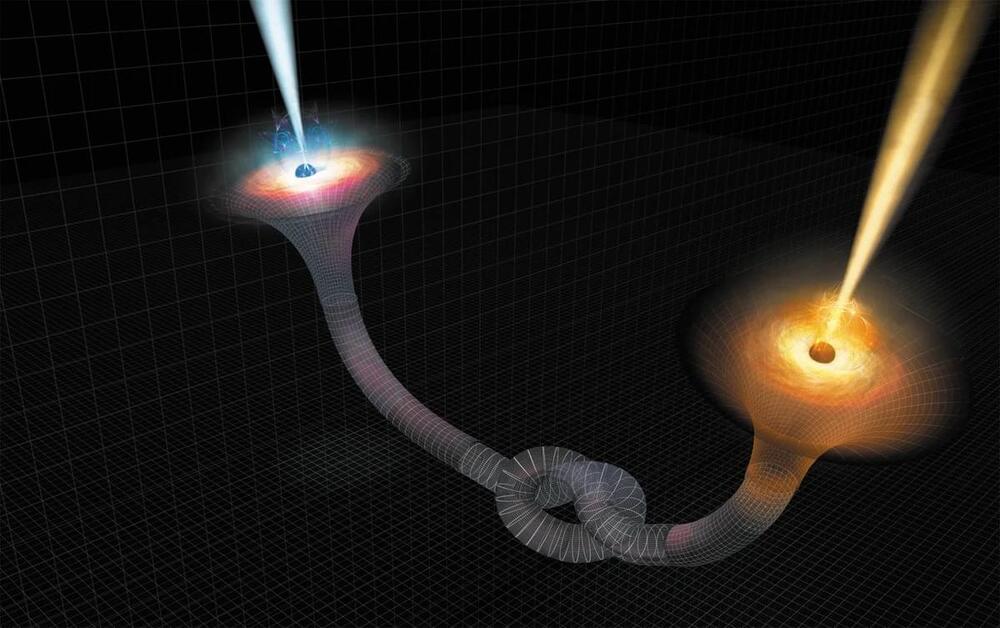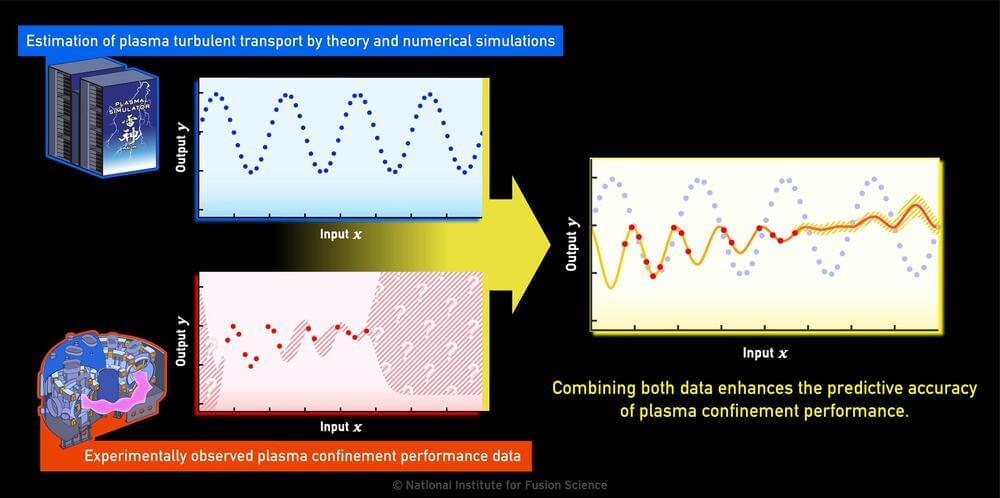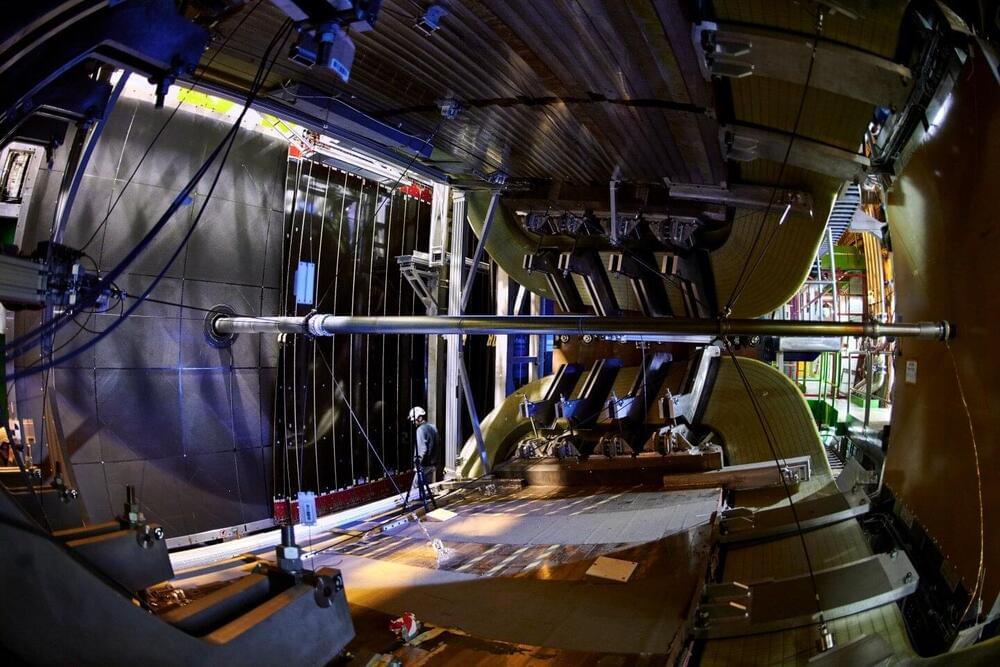
In the Big Bang, matter and antimatter should have been created in equal amounts. But fast forward 13.8 billion years to the present day, and the universe is made almost entirely of matter, so something must have happened to create this imbalance.
The Standard Model of particle physics predicts an asymmetry between matter and antimatter known as charge–parity (CP) violation. But the size of this asymmetry in the Standard Model is not large enough to account for the imbalance and the asymmetry has so far been observed only in certain decays of particles called mesons, which are made of a quark and an antiquark. It remains to be seen in other meson decays and in decays of other types of particles, such as three-quark particles called baryons.
In two new articles posted to the arXiv preprint server, the LHCb collaboration at the Large Hadron Collider (LHC) reports seeing evidence of CP violation in decays of baryons and in decays of beauty hadrons into charmonium particles, shedding light on these two pieces of the matter–antimatter puzzle.
